Victim-survivors of the Catholic Church are everywhere. Survivors of sexual abuse as children. Survivors of assault or power-based abuse in sexual “relationships” as adults, even during study for religious life. Survivors of affairs with priests that ended with clerically-directed abortions and/or abandonment after a pregnancy. Survivors of coverup by chancery officials and diocesan lawyers.
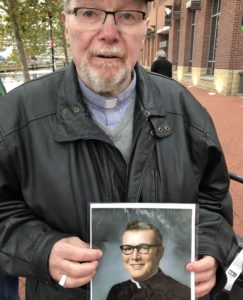
One year before his own ordination in 1971, James F. Moran was sexually abused by a priest. He spoke publicly about his abuse in a homily in 2006. The next day, the church “pulled” his credentials. He is now 12.5 years retired.
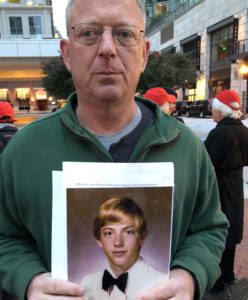
David Lorenz was sexually abused by a priest in Kentucky. Lorenz is now a leader in the Maryland chapter of SNAP (Survivors Network for those Abused by Priests). “I tried to be Catholic for a long time,” he said.
There are other survivors hiding in plain sight who were never sexually abused by a priest. Those still recovering from being shamed about sexual activity, unwed pregnancy, or abortion. Those whose sexual orientation is labeled “fundamentally disordered.” Those bluntly informed that a second marriage precludes them from receiving the Holy Eucharist ever again. Those who have taken the church at its word (and minded its deeds) and decided: no, I cannot pass this on to my children.
Many survivors have long gone from the pews, disillusioned and betrayed. But many have stayed, determined to change the church from inside.
How can change take root as long as the brotherhood of men in power is socialized and educated in an ecclesiastical tradition that recreates a monarchy, wherein clergy (priests, bishops, cardinals) are separated from and elevated over the laity, over “ordinary” people? And what kind of conversations can happen in a church structure that still excludes women from authority?
To paraphrase a point made by M. Cathleen Kaveny of Boston College at a press conference on the eve of the USCCB’s 3-day Fall assembly: The fundamental question is not simply who do priests want to sleep with, but who do they want to talk to?
After the Vatican bombshell dropped within the first hour of the bishops’ opening meeting — effectively blocking the conference from taking any meaningful action related to the abuse crisis — I heard a lot of talk from bishops at the microphone and in front of cameras about “listening.” On one hand, I wanted to interpret this as a sign of hope, attention, and frustration with Rome’s direction. But I also know that “listening” is a lovely word that can be rendered hollow by rote repetition, just as any poorly offered, halfhearted “Hail Mary.”
Generations of people in the church — women, LGBTQ folks, believers of color — know deep in their bones the difference between a performance of listening and a true hearing, whether in the confessional, the rectory, or an encyclical letter. Any call for “listening” by the powerful is meaningless, even baldly patronizing, unless the capacity for hearing and comprehension is developed and trained, like its own spiritual muscle.
Last Sunday afternoon, I met at downtown Baltimore’s St. Vincent de Paul church with a group called the 5Theses, which had planned a rosary walk to the Basilica of the Assumption, America’s first cathedral, on the eve of the bishops’ gathering. At parishes across the country, the group and its allies were determined to put in “two cents” for reform with a peaceful “pray-test” (rather than protest), timed to get the attention of Catholic leaders before they began deliberations to address the abuse crisis.
In the parish hall, a friendly mix of parishioners from St. Vincent’s teamed up with the 5Theses group to address letters for distribution to the bishops. People also signed their names to a large poster listing the 5 Theses for church reform: 1. Full transparency about abuse; 2. Inclusion of survivors’ voices in all diocesan publications; 3. Simple living, calling bishops to trade their “royal raiment” for the simple black vestments of a parish priest; 4. Put women in church leadership; and 5. Pray for a reformed church.
The group walked together praying the rosary, using the Luminous Mysteries for meditation, and finally gathered in front of the main doors of the basilica, where individuals read each one of the theses out loud. Then they taped the 5 Theses poster (respectfully, with red painter’s tape) to the cathedral doors. At the offertory of the regularly scheduled 4:30 PM mass, each demonstrator put a 5 Theses card taped with two pennies into the collection basket. I did it, too. It felt good, although I had an awful feeling that the ushers would simply toss our cards into the trash.
Liz McCloskey, a theologian at Catholic University, coordinated the 5Theses demonstration with the help of Colleen McCahill, pastoral associate of St. Vincent’s. On the first day of the bishops’ meeting, Liz also worked quietly and persistently to share a paper listing the 5 Theses with any available bishops in and around the hotel lobby. She did this until she was asked by hotel security to stop.
I asked McCloskey why she remains a Catholic. She answered that one of her professors in divinity school at Yale, a nun named Sister Margaret Farley, had been asked the same question many years ago and given an answer McCloskey now adopts as her own: “It is my spiritual home,” she said in an email, “and it gives me life.”
At a public vigil Monday evening organized by SNAP outside the bishops’ hotel, Ryan Sattler, whom I had met on the rosary walk, offered his own message. “The bishops have failed,” he said. “The bishops are afraid of law enforcement and they should be.” Then he spread open his arms. “This entire church centers around the story of a victim. Somehow here we are 2000 years later and we can still hear his voice. Listening to survivors is the resurrection of truth. The survivors are a spiritual force.”
Not every victim survives. During the vigil, abuse survivors and supporters from the laity read aloud the names of more than 100 victims who committed suicide. Who will stand for them? Who will hear their voices?
Thousands of laypeople — Catholics inside and outside the church walls — are bearing witness to these wounds and demanding deeper and truly authentic reform. Brother bishops would do well to listen. To really hear. The very future of the church depends upon it.

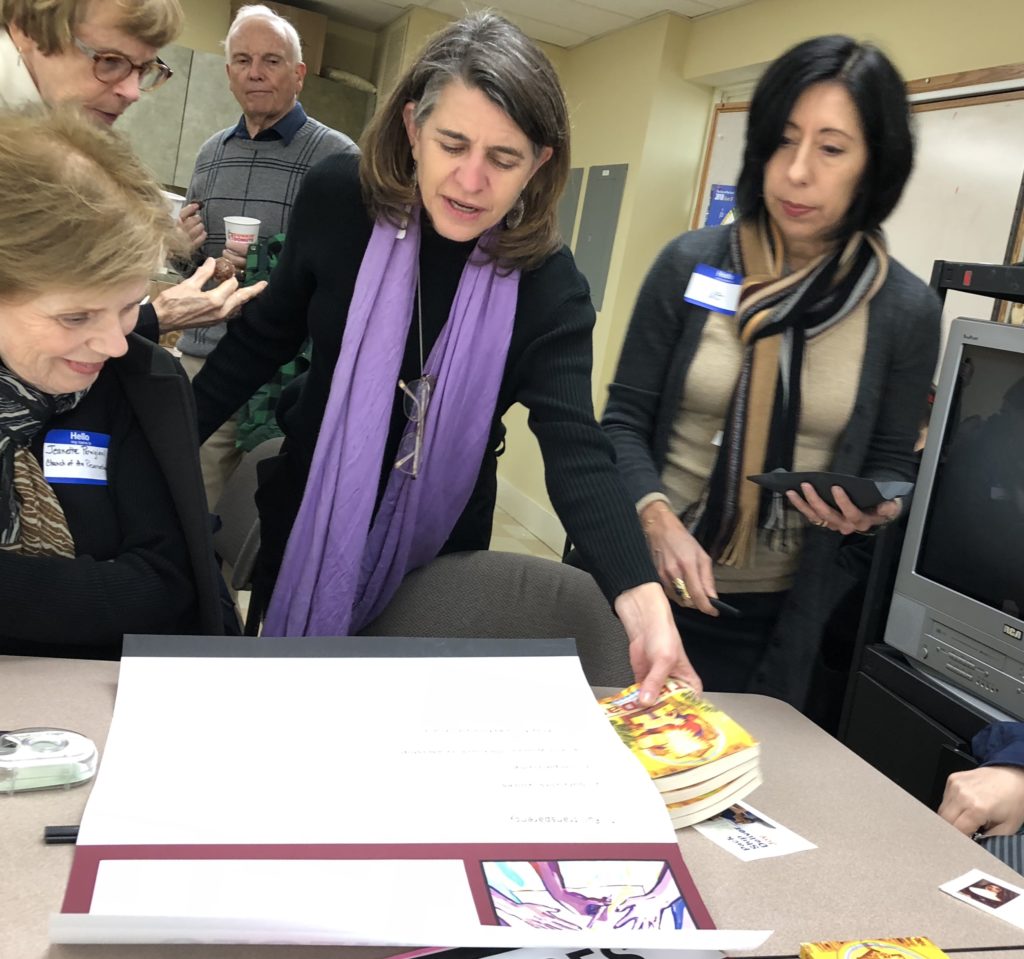
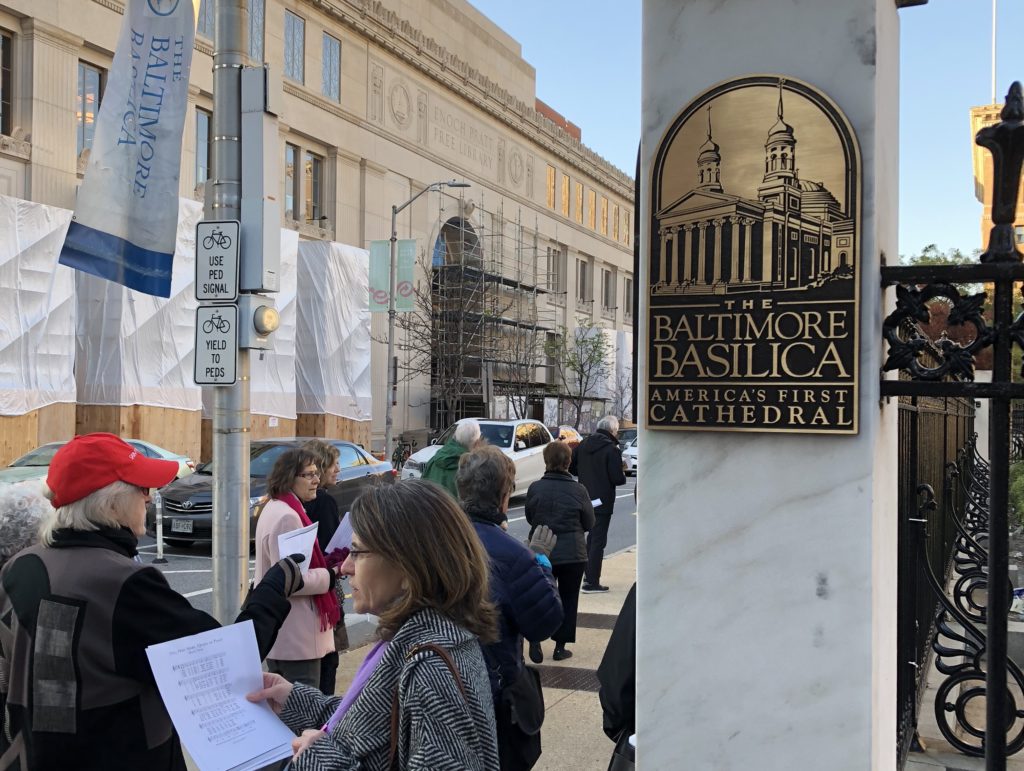
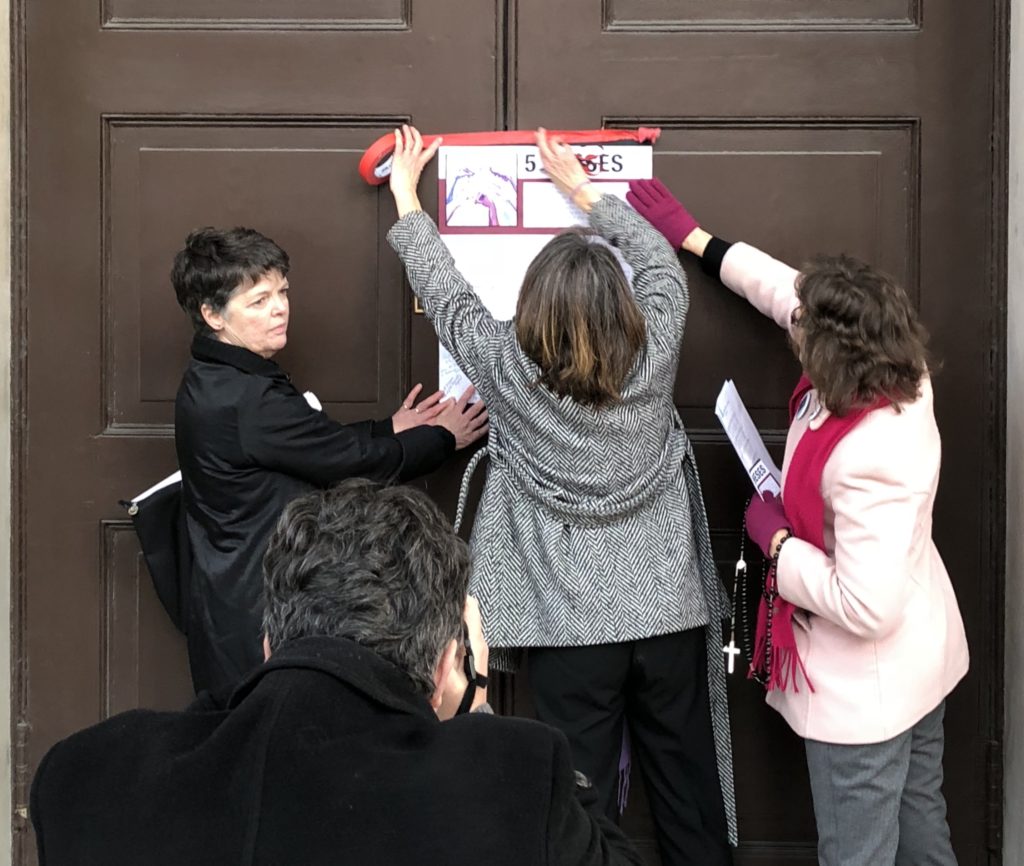
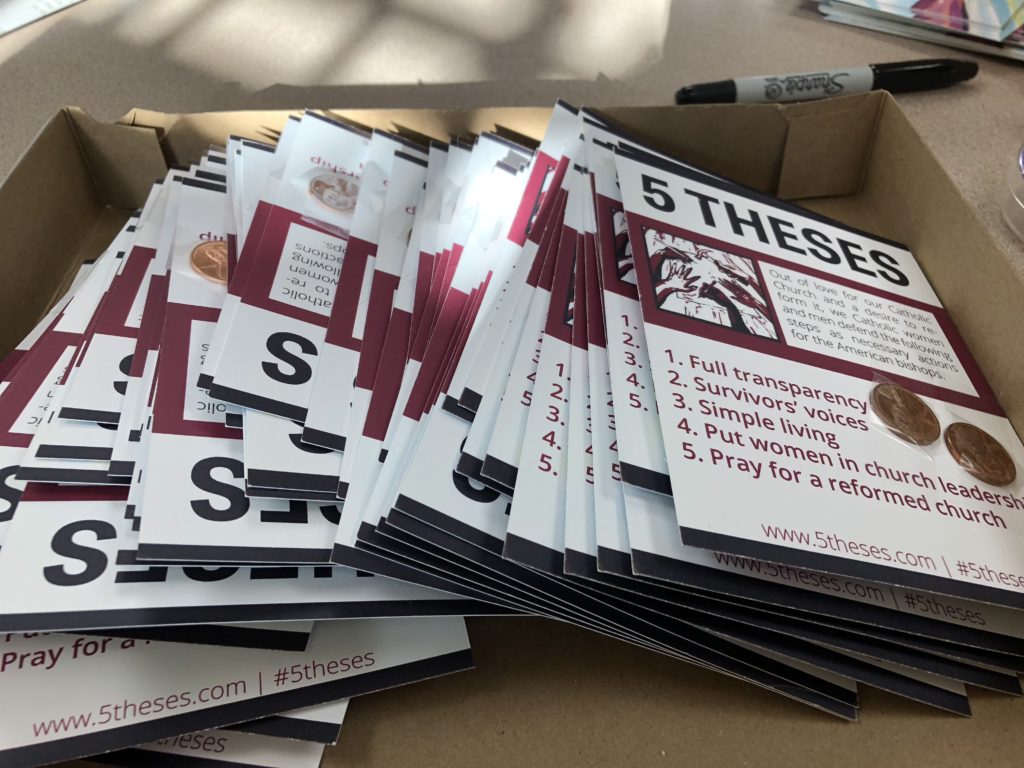

Recent Comments